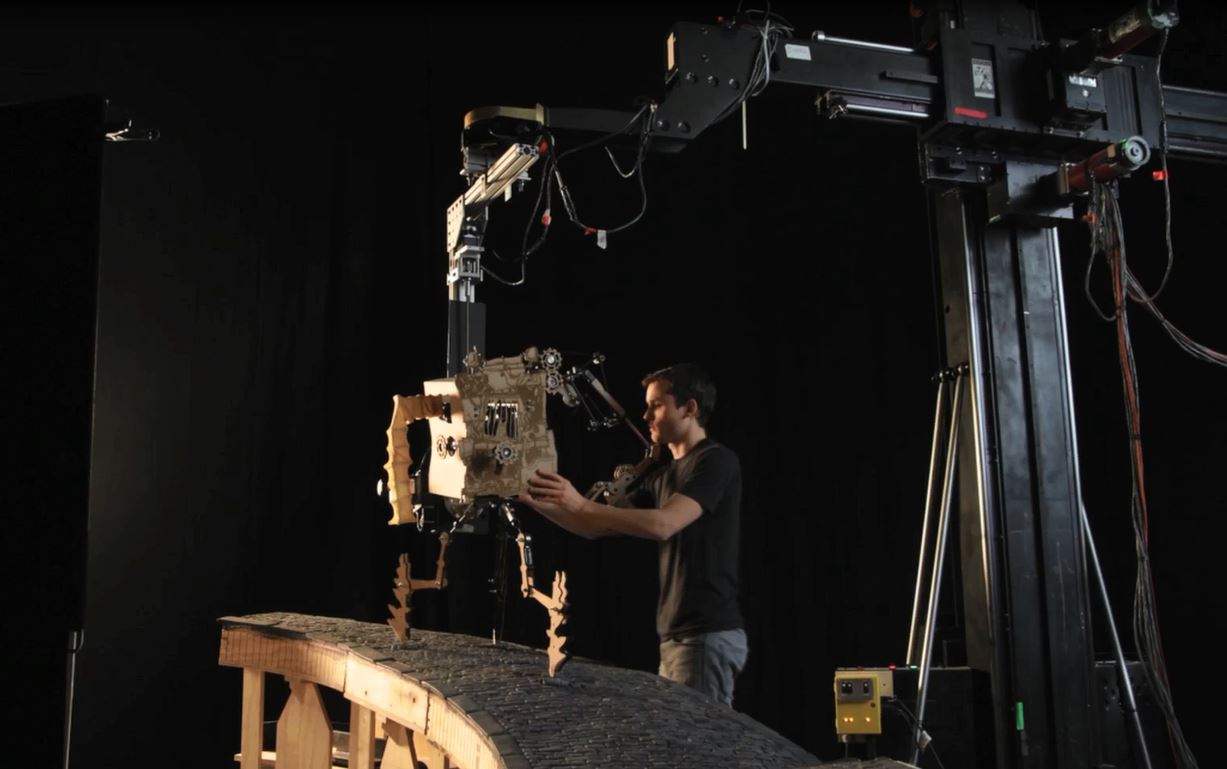Week 2 Day 2
- Final Project: Post-Selection Problem Refinement and Invention Definitions
- Guest Lecture: Peter Vickery, Associate Visual Effects Supervisor at Laika
Final Project:
Project Exploration and Definition.
Yesterday, Inventors selected their final project topics. Today they defined their invention and problem in more detail, researching the social context and technical requirements of their invention, and generating preliminary designs.
1-Page Project Summary (Guidlines)
- Final Problem Statement: For (User), they need/it’s hard to/they can’t (Problem), because (social/moral context)*.
- An Invention to address this problem would be: (Invention Description), Called (Name).
- It would Include the following Attributes:
- At Minimum: ____ ( Minimum Invention Requirements )
- Hopefully: ______ ( _Realistic Invention Characteristics )
- If there’s time: ____ ( _Reach Invention Goals )
*Keep in Mind, the Camp Theme: “Tune In”. How does your invention: Alter Perception? Bring Attention? (to something you care about)
Next Steps:
Once the project has been summarized…
- Research:
- Context: Your user, your invention setting, your problem history.
- Design: Exsisting technology, potential sensors, actuators, tools, materials
-
Sketch* : Designs, Sub-components/ Sub-systems, Schematics, Pseudo-Code
- Preliminary BOM (Bill Of Materials): Identify Critical components and materials you will likely need, so that the instructor can aquire them for you.
*Note: At this point it is okay to to sketch, list, and describe potential solutions, but try not to decide on a particular solution design or method, especially if it is your problem idea. Give everyone in the group a chance to contribute and explore potential solutions.
Guest Lecture: Peter Vickery, Laika Associate Visual Effects Supervisor
Today we had a guest speaker, Peter Vickery who discussed how he came to his career, from electrical engineer, to multimedia artist, to compositor, to visual effects supervisor. Peter showed the different way CGI is used to solve visual issues in stop motion and live action films, emphasising the iterative design and evaluation processes we have been practicing in class.
